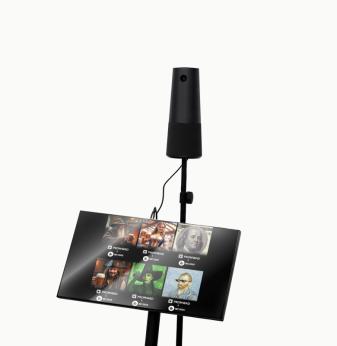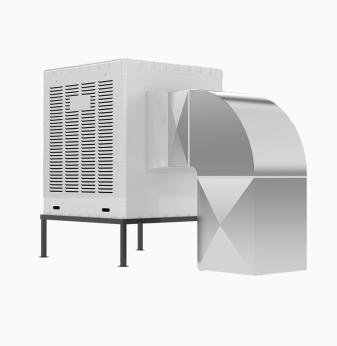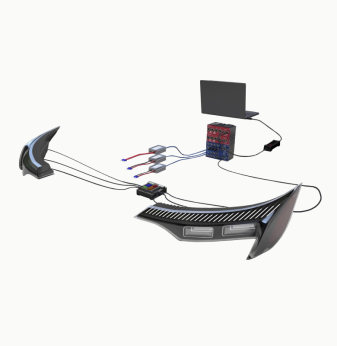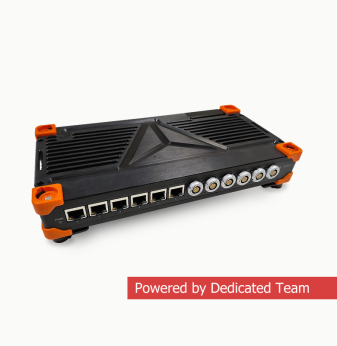Middleware in Embedded Systems: Balancing Flexibility, Latency, and Footprint
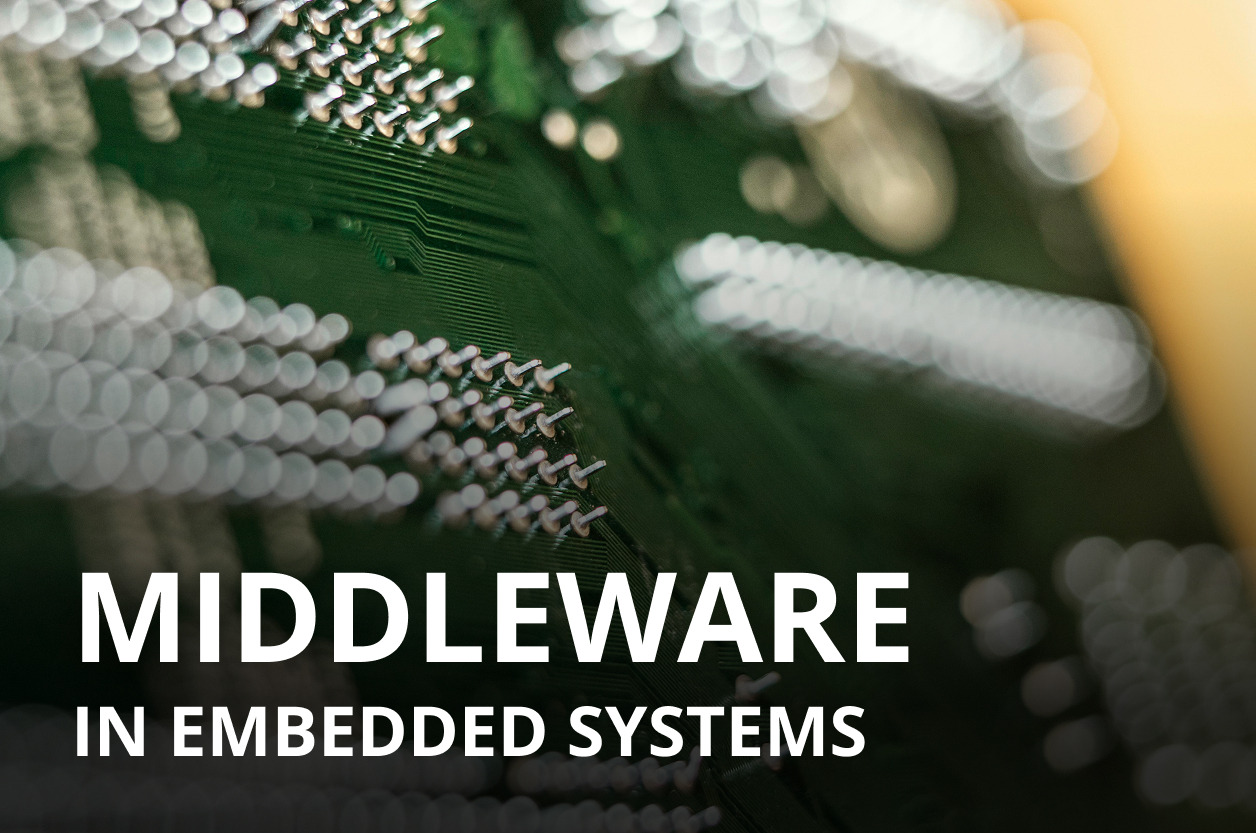
In modern embedded systems, functionality rarely sits inside a single firmware loop. Devices need to manage communications, diagnostics, safety checks, logging, and increasingly machine learning workloads — all running concurrently. As systems grow more complex, developers turn to middleware to structure software, speed up development, and ease integration.
But embedded middleware brings its own trade-offs: it can inflate memory usage, introduce latency, and complicate timing guarantees. This makes designing middleware for microcontrollers, edge devices, and industrial systems a subtle engineering challenge.
In this article, we explore how to develop and choose middleware stacks that achieve the right balance of flexibility, deterministic latency, and resource efficiency.
What is Middleware in Embedded Systems?
Middleware is the software layer that sits between your application logic and the hardware abstraction or operating system services.
It might provide:
- Communication protocols (MQTT, DDS, CANopen)
- File systems and persistent storage
- OTA update frameworks
- Diagnostics and logging infrastructure
- Security services (TLS libraries, secure key storage)
- Task scheduling or light message passing beyond RTOS primitives
Unlike general-purpose computing where RAM and CPU cycles are abundant, embedded middleware must be tailored to fit constrained devices without bloating latency-critical paths.
Typical Embedded Middleware Use Cases
Protocol Stacks
CANopen or Modbus middleware stacks for industrial control
Lightweight MQTT or CoAP clients for IoT devices
TSN or AVB middleware to guarantee bounded latency for audio/video streams
OTA Update Frameworks
Secure download managers that verify signatures and coordinate reboots
Rollback logic to prevent bricking after failed upgrades
Diagnostics and Logging
Middleware that maintains circular logs and reports over serial or network
Health monitoring with threshold alerts pushed to cloud dashboards
Safety Libraries
Watchdog kick frameworks
Safety-certified libraries that monitor memory or CPU execution paths
The Core Trade-offs in Middleware Design
Flexibility vs. Latency
Middleware often abstracts protocols or manages multiple concurrent modules. This can introduce unpredictable delays.
For instance:
- MQTT middleware might buffer packets to save power, delaying urgent telemetry.
- A file system middleware might defer writes for wear leveling.
Footprint vs. Capability
Supporting encryption, multiple protocols, and OTA in the same stack increases Flash and RAM usage. This risks pushing smaller MCUs over budget.
Portability vs. Performance
Highly portable middleware may rely on generic HAL calls or avoid hardware-specific optimizations. The result: extra CPU cycles and power use compared to tightly tuned drivers.
Strategies to Optimize Middleware in Embedded Systems
1. Choose Profile-Optimized Stacks
Many middleware vendors or open-source projects offer minimal profiles:
- FreeRTOS MQTT has configurable buffer sizes and optional persistent sessions.
- CANopen stacks often provide master-only or slave-only trimmed variants.
- TLS libraries like wolfSSL allow disabling unused cipher suites.
2. Partition by Criticality
Architect your system so middleware does not interfere with real-time paths.
For example:
- Run safety-critical control loops directly on RTOS tasks with high priority.
- Let middleware handle telemetry and OTA at lower priority, or in a background state machine.
3. Use Static Allocation and Compile-Time Config
Avoid malloc-heavy designs. Well-designed middleware for embedded systems uses static buffers and build-time options to keep predictable memory usage.
4. Instrument and Profile
Measure actual latency added by your middleware using logic analyzers or GPIO toggles around critical calls. This often reveals unexpected scheduling or buffer flush delays.
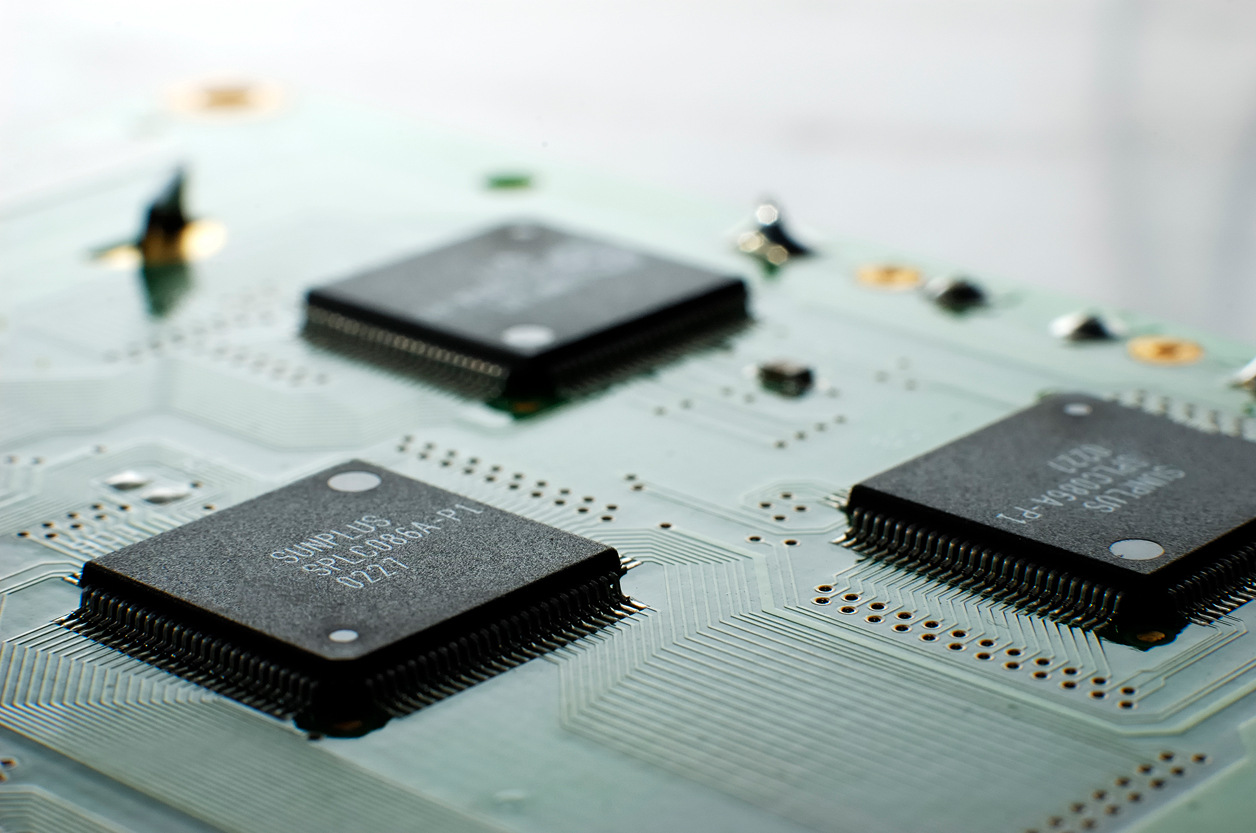
Typical Middleware Architectures
Monolithic Frameworks
Integrate multiple services (file systems, comms, updates) into one stack.
Easier integration but can bloat footprint.
Modular Middleware
Separates protocols and services into distinct modules with well-defined interfaces.
Slightly more effort to integrate but allows pulling only what's needed.
Service-Oriented
Systems where each function (e.g., TLS handshake, OTA, logging) runs as a discrete task communicating via queues.
Highly scalable but can increase inter-task latency.
Long-Tail Technical Questions and Answers
How can I reduce middleware latency on microcontrollers?
Run time-sensitive tasks outside middleware layers, use direct driver calls. Configure middleware to use minimal buffering (even if it increases power). Prioritize RTOS tasks appropriately.
Is it safe to run TLS libraries on small MCUs?
Yes — modern TLS middleware (wolfSSL, mbedTLS) can run with <100KB Flash. They allow disabling large features like RSA and favor ECC to reduce resource load.
How to manage OTA updates without large RAM overhead?
Use chunked downloads directly to external Flash with state machines, avoiding RAM buffering of entire binaries.
What standards exist for safety middleware?
IEC 61508 or ISO 26262 compliant libraries exist for watchdog, CRC, and other checks. Many commercial vendors provide pre-certified modules.
How do I decide between modular vs. monolithic middleware?
If you’re building multiple products on shared code, modular pays off. For single-use, pre-integrated middleware can speed time-to-market.
Examples of Middleware in the Field
Industrial Sensor Gateways
Use lightweight MQTT or OPC UA middleware for pushing data to SCADA systems.
Employ file system middleware to buffer data locally during network outages.
Smart Meters
Run cryptographic middleware for secure key exchanges.
Include OTA update stacks that comply with metering regulatory standards.
Automotive ECUs
Use CAN or CAN FD middleware with safety hooks that log message integrity and sequence errors.
Future Trends in Embedded Middleware
- TinyML Middleware: New frameworks that load ML models into accelerators or DSP cores alongside traditional comms stacks.
- Zero-Trust Embedded Middleware: Integrates mutual authentication and secure enclave checks into every API call.
- Container-like isolation: Even in embedded, emerging RTOS or hypervisor setups allow splitting middleware to reduce fault domains.
Conclusion: Middleware Without Surprises
Middleware is a powerful lever in embedded systems — enabling secure comms, OTA, diagnostics, and scalable architecture. But done poorly, it can destroy your system’s timing and overwhelm your microcontroller.
The best embedded designs balance flexibility with deterministic behavior, selecting minimal profiles, partitioning carefully, and rigorously measuring latency and footprint.
At Promwad, we engineer embedded systems that weave lightweight, efficient middleware into robust hardware platforms. If you’re tackling complex protocols, OTA, or safety-critical telemetry, let’s build a secure, responsive stack together.
Our Case Studies

